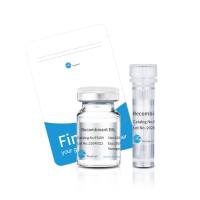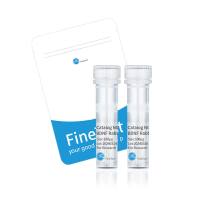Reconstituting the NLRP1 Inflammasome In Vitro
互联网
674
Nucleotide-binding domain leucine-rich-repeat containing receptors; NOD-Like Receptors (NLRs) were originally described as microbial sensors involved in host defense against pathogens that comprise an important component of the innate immune system. Recently, their cellular functions have expanded beyond classical pathogen detection, to danger sensors that may contribute to the pathophysiology of a wide range of inflammation-driven human illnesses such as metabolic diseases (atherosclerosis, obesity, type 2 diabetes, gout, age-related macular degeneration) and neurological disorders (Alzheimer’s disease). Pathogen-stimulated NLRs such as NLR family Pyrin domain-containing protein 1 (NLRP1) assemble into molecular platforms called “inflammasomes” to activate inflammatory protease caspase-1, which processes pro-IL-1β and pro-IL-18 into active cytokines. We describe methods for reconstituting the human NLRP1 inflammasome in vitro. Protocols are provided for: (a) expression and purification of inflammasome core components (NLRP1 and pro-caspase-1 proteins) using the baculovirus/insect cell expression system, and (b) functional monitoring of NLRP1-mediated caspase-1 activation in response to NLRP1 ligand muramyl dipeptide (MDP) and ATP.









